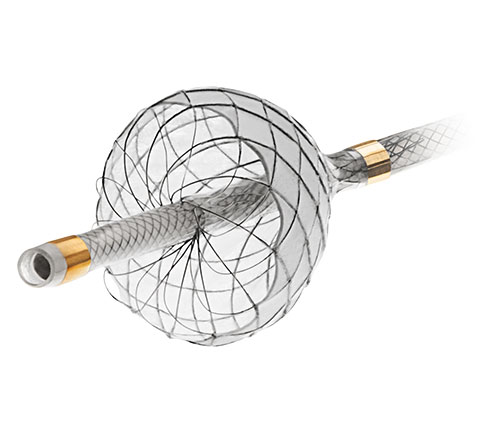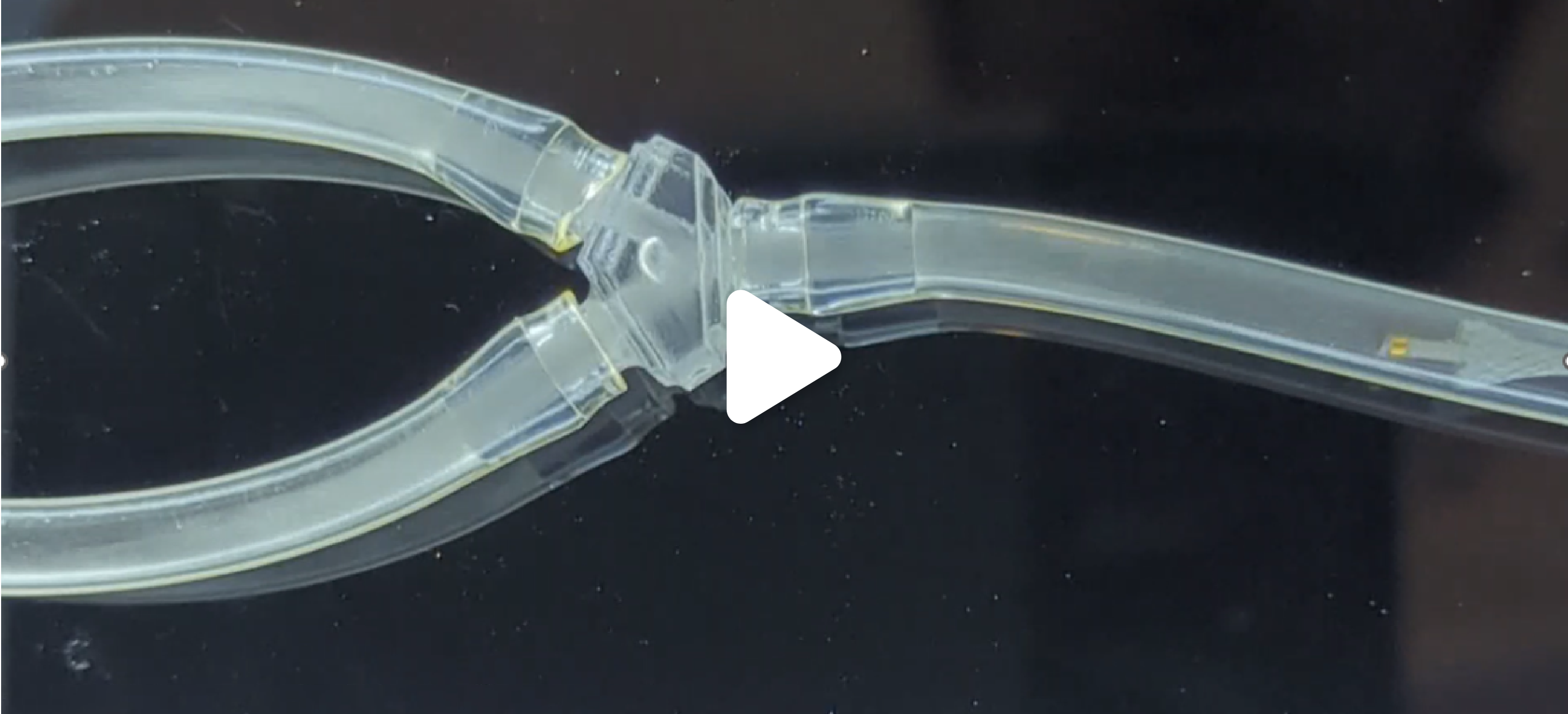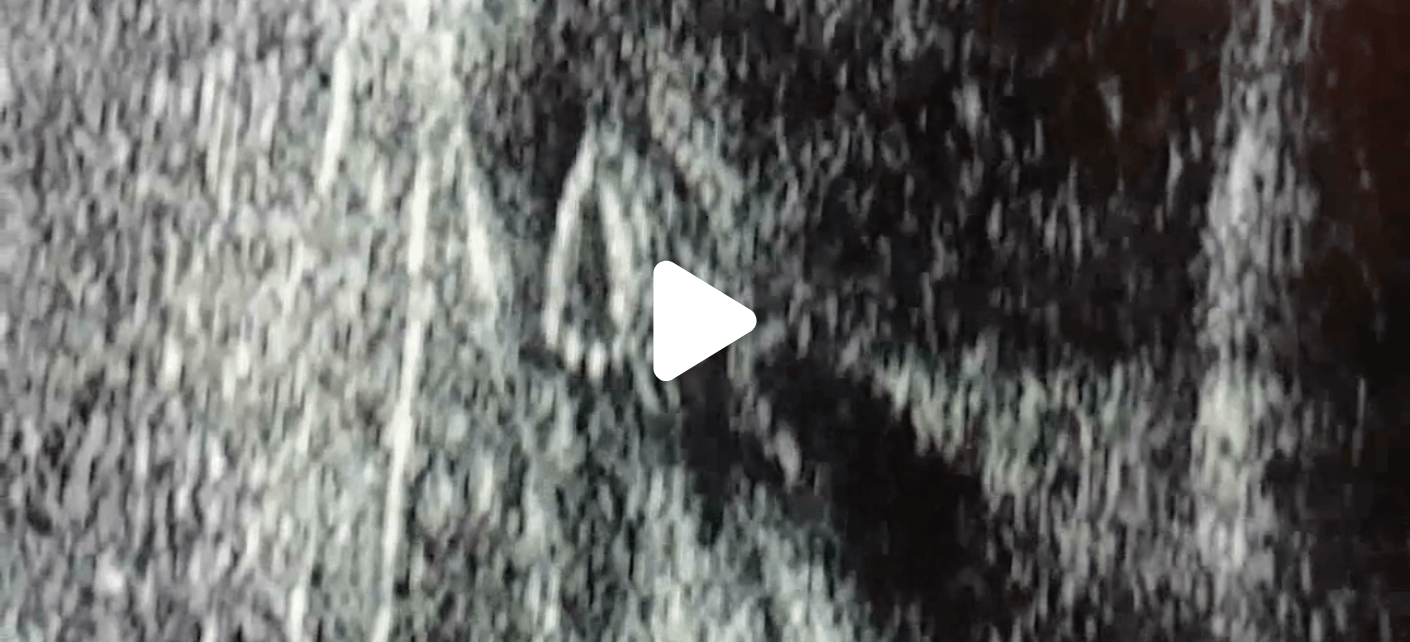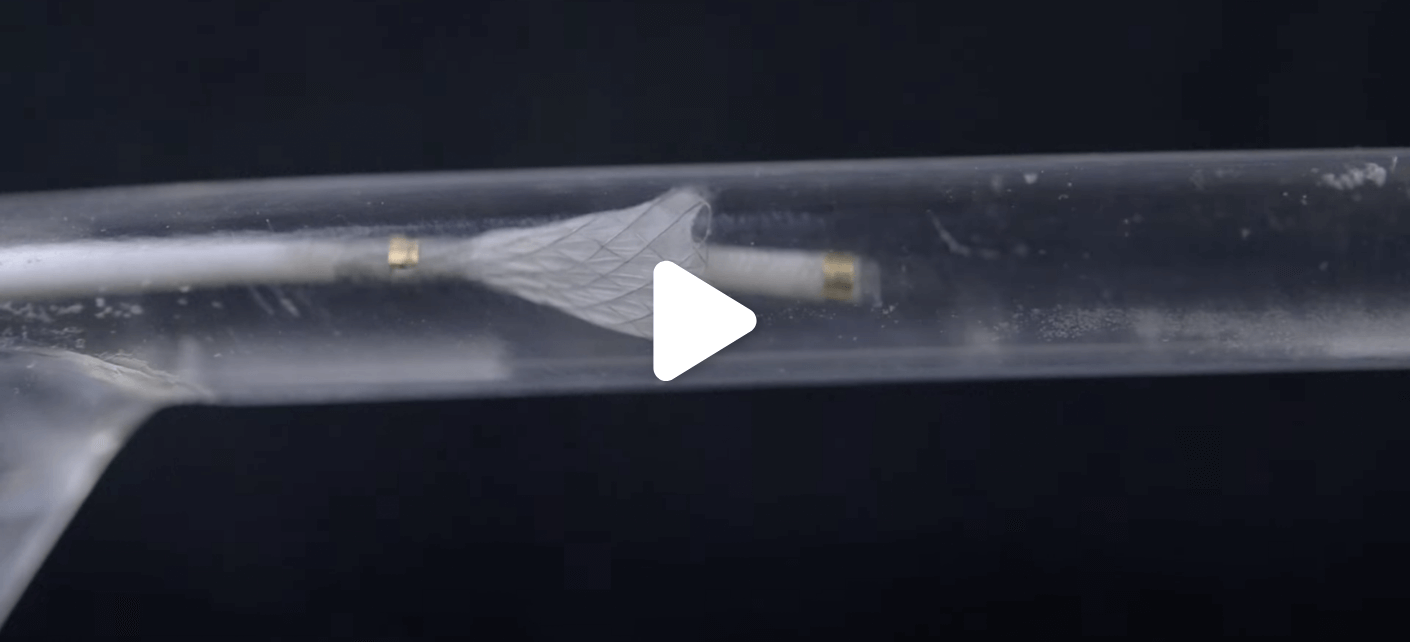Self-Centers

The TriNav® SmartValve® self-centers the catheter tip to promote consistent and repeatable particle distribution4
Creates Turbulent Flow

The SmartValve creates turbulent flow which promotes particle mixing, and leads to improved therapy delivery4
Modulates Pressure

TriNav helps open vessels collapsed by high intratumoral pressure to enable better perfusion and deeper therapy penetration5
Videos
References
1. Titano JJ, Fischman AM, Cherian A, et al. End-hole versus microvalve infusion catheters in patients undergoing drug-eluting microspheres–TACE for solitary hepatocellular carcinoma tumors: a retrospective analysis. Cardiovasc Intervent Radiol. 2019;42(4):560-568.
2. d’Abadie P, Walrand S, Goffette P, et al. Antireflux catheter improves tumor targeting in liver radioembolization with resin microspheres. Diagn Interv Radiol. 2021;27(6):768-773.
3. Pasciak AS, McElmurray JH, Bourgeois AC, Heidel RE, Bradley YC. The impact of an antireflux catheter on target volume particulate distribution in liver-directed embolotherapy: a pilot study. J Vasc Interv Radiol. 2015;26(5):660-669.
4. van den Hoven AF, Lam MGEH, Jernigan S, van den Bosch MAAJ, & Buckner GD. Innovation in catheter design for intra-arterial liver cancer treatments results in favorable particle-fluid dynamics. J. Exp. Clin. Cancer Res. 2015;34:74.
5. Data on File. TriSalus Life Sciences Simulated Tumor Benchtop Model. REP-0362 R01. (2021)



